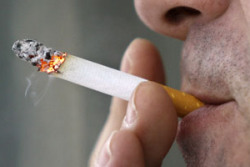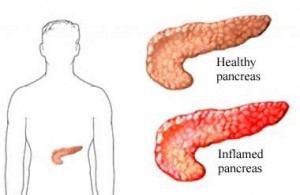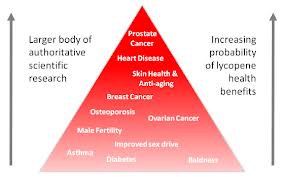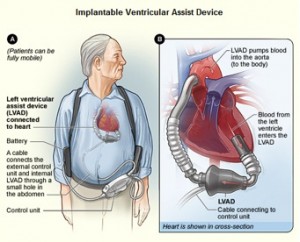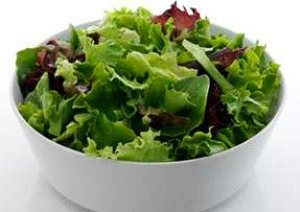Stress has been linked to numerous medical conditions, such as heart disease, stomach problems and muscle spasm. Stress also has been quoted as a silent killer.
Research in the field of Alzheimer’s has shown that negative emotions and chronic distress are associated with increased vulnerability to this disease.
Study author Dr. Robert Wilson of the Rush’s Alzheimer’s disease Center in Chicago has found that people most prone to psychological distress were 40% more likely to develop mild cognitive impairment (MCI) than the group that is least distress prone.
Dr. Wilson stated that these individuals would not necessarily see a psychiatrist to help them deal with their negative emotions. It becomes clear, however, that persistent negative emotional states truly impact the physical well being, and also the cognitive status. For this reason more medical attention should be given to an older patient with emotional problems and even mild depression.
It can become a treatment challenge, if there are personality traits or deeply entrenched behavior patterns that may not respond well to treatment. By understanding the biological link between chronic distress and loss of cognitive function in old age, early intervention can be a way to delay symptoms or to prevent disease onset.
More information on Alzheimer’s: http://nethealthbook.com/neurology-neurological-disease/alzheimers-dementia-and-delirium/
Reference: The Medical Post, August 7, 2007, page 53
Last edited November 3, 2014


